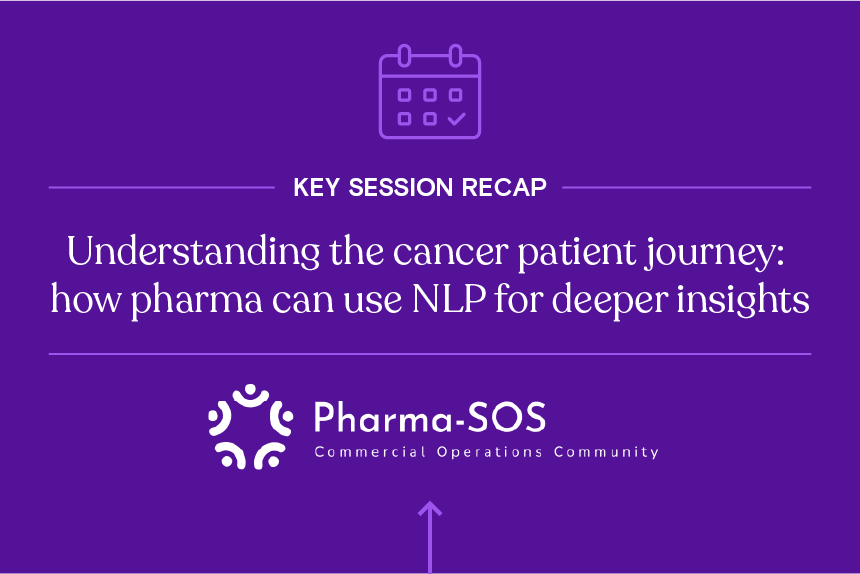Specialty pharmaceuticals, also called specialty drugs, are a class of high-cost drugs that treat complex, chronic, or rare medical conditions. These drugs often require special handling, administration, or monitoring due to their limited distribution and specific patient populations.
Many specialty drugs are biologics, or drugs derived from living cells, and are typically administered through injection or infusions, although some are available in oral form. Recent advancements in medical science have led to the development of new specialty drugs treating a greater number of conditions, such as cancer, arthritis, and multiple sclerosis.
What are some characteristics of specialty drugs?
Below are key characteristics and defining features of specialty drugs:
- High cost. Specialty drugs are associated with higher price points compared to non-specialty drugs. Medicare defines any drug for which the negotiated price is $670 per month or more, as a specialty drug.
- High complexity. These drugs often involve complex formulations or manufacturing processes.
- High touch. Specialty drugs are typically administered through injections or infusions, although some may also be available in oral form.
- Complex or rare conditions. Specialty drugs are used to manage complex, chronic, or rare medical conditions that require specialized treatments.
- Specific therapeutic areas. These drugs are designed to target and treat specific therapeutic areas, such as oncology, rheumatology, neurology, and rare diseases.
- Biologics. Many specialty drugs are biologics, which are derived from living organisms or cells and exhibit high specificity and potency.
- Limited distribution networks. Some specialty drugs may only be available through restricted or limited distribution networks. Under these networks, a manufacturer contracts with one or a few specialty pharmacies to dispense the drug.
- Special handling requirements. Specialty drugs may require specific handling, storage, or transportation conditions due to their unique properties.
- Personalized medicine. Specialty drugs often offer personalized treatment approaches tailored to individual patients based on their genetic or biomarker profiles.
What is driving growth in the specialty drug market?
Specialty pharmacies initially served a limited number of people. In the 1990s, there were fewer than 30 specialty drugs available in the market. Now, specialty drugs dominate the drug pipeline, and more than 450 specialty drugs are available. In fact, most of the new treatments approved by the FDA in recent years have been classified as specialty drugs.
Several factors are driving the market’s expansion, including the increasing prevalence of chronic diseases, growing demand for specialty drugs, and advancements in technology. The market’s capacity to sustain the relatively higher cost of drugs that treat serious, unmet health needs also provides strong incentives for companies to invest in research and development, and pharma companies are strategically directing substantial investments into the specialty drug market due to its immense growth potential.
From a patient perspective, new specialty drugs represent more effective ways to treat serious diseases-many of which currently have few treatment options.
What are some challenges related to specialty drugs?
There are several hurdles facing this growing industry, such as managing rising drug costs. Addressing these challenges requires a combination of strong operational processes, collaboration with healthcare stakeholders, and a commitment to patient-centric care.
Managing rising specialty drug costs
Specialty medications are the major reason for increased drug spending in the U.S. In 2021, the cost of specialty drugs totaled $301 billion, an increase of 43% since 2016, according to the U.S. Department of Health and Human Services (HHS). Despite representing a small percentage of overall prescriptions, specialty drugs accounted for 50% of total drug spending in 2021. The high and increasing cost of specialty drugs is a major challenge for patients and payors, as well as federal and state budgets.
Payors and pharmacy benefits managers (PBMs) are applying stricter approaches toward managing drug utilization, including formulary exclusions, as specialty drug spending continues to rise. Payors are also acquiring specialty pharmacies to control rising drug costs. For example, Elevance Health recently acquired a specialty pharmacy that focuses on chronic diseases. Aetna, Cigna, and United Health Group already own some of the largest specialty pharmacies.
Administering specialty drugs
Historically, specialty drugs have been administered at hospitals and clinics under the buy-and-bill model. Buy-and-bill refers to a reimbursement model for the provision of drugs that require administration by a healthcare provider.
In the buy-and-bill process, a provider purchases the drug directly from the manufacturer or distributor. The provider then stores the drug and administers the drug to the patient. After the patient receives the drug, the provider submits a claim for reimbursement to a third-party payor. The drug is billed under the patient’s medical benefit. The process is called buy-and-bill because the medical claim is submitted (billed) after the provider buys and administers the drug.
Recent payor-imposed policies have forced the shift from a buy-and-bill model to different forms of “bagging” where specialty drugs are dispensed from a third party. These alternative methods can complicate access, delivery, and dispensing of specialty drugs. These methods include:
- White bagging. In white bagging, a specialty pharmacy dispenses the drug and ships it to the healthcare provider. Because the provider holds the product until the patient arrives for treatment, the care team must coordinate with the external pharmacy to ensure the drug is delivered before the patient’s appointment.
- Brown bagging. In brown bagging, the patient obtains the drug from the specialty pharmacy and brings it to the healthcare provider for administration. The patient receives the drug directly from the pharmacy and is responsible for transporting it to the healthcare facility.
- Clear bagging. A provider’s internal specialty pharmacy dispenses the drug and transports the product to the location of drug administration. The pharmacy must be in-network with the payor and have access from the manufacturer to dispense their drug. Clear bagging has emerged due to the growth of practice- and hospital-owned specialty pharmacies.
With bagging processes, the provider neither purchases the drug nor seeks drug reimbursement from a third-party payor. Instead, the specialty pharmacy adjudicates the claim and collects any copayment or coinsurance from the patient before treatment.
Patient care coordination is one of the biggest challenges for providers around bagging practices. With the use of external specialty pharmacies, there’s no assurance that a drug will be available to the patient at the time of the visit, which could result in delays in needed care.
Compared to other forms of bagging, clear bagging gives health systems more control over specialty drug administration. Because it allows the specialty pharmacy to bill for the drug, it could also boost hospital revenue and create potential cost savings for patients and providers.
Learn more
Are you finding the right patient cohorts for your drug? Are your conversations with physicians as relevant as they could be? Check out our blog on how to approach health systems more effectively and improve the adoption of your drug.





